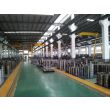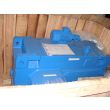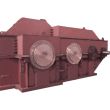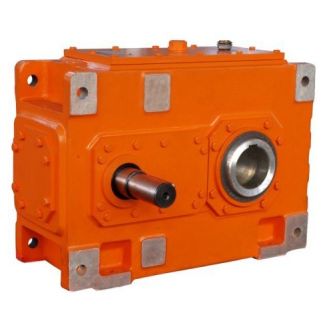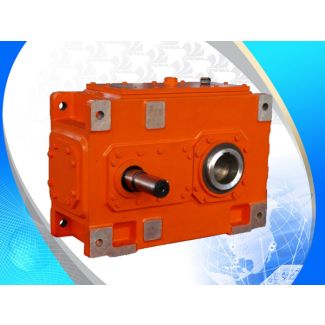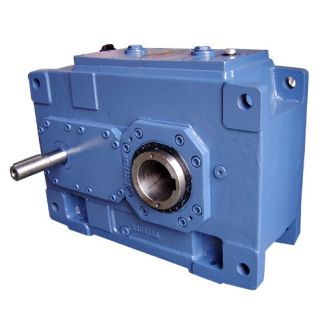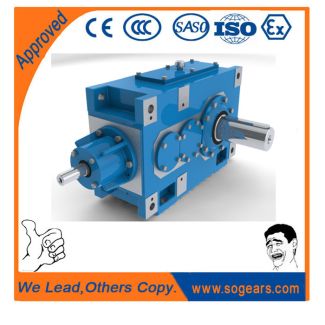H4-VV-24B astic rigid and hydrodynamic solutions Flende Helical speed reducers H4
In stock
SKU
H4-VV-24B
$173,571.43
Flender/Flender Gear Units/Helical speed reducers H4
generally distributed by the manufacturer directly to the OEM customer or the end-user. By selling directly, manufacturers may increase their control over their customers and their profitability because they do not have to support distributors through training, product literature, and
control over their customers and their profitability because they do not have to support distributors through training, product literature, and  engineering assistance. On the other hand, use of distributors allows manufacturers to contact more customers and shift some costs to
engineering assistance. On the other hand, use of distributors allows manufacturers to contact more customers and shift some costs to  distributors. There are differences between .. and foreign gear producers in the degree to which they use distributors. Respondents to
distributors. There are differences between .. and foreign gear producers in the degree to which they use distributors. Respondents to  the Commission' questionnaires indicated that sales through distributors accounted for about 4 percent of .. shipments in 1. In Europe, with the exception of the United Kingdom, 1 less than one-third of sales is made by through distributors. In other European countries, such as West Germany, only 2 percent or less of sales is made through distributors. 1 The principal exception to this practice is the Japanese gear industry, which sells the bulk of its products through distributors. Western European gear producers do not use distributors to the extent that .. producers do because of differing distribution systems and approaches to the market Unlike their .. counterparts, most Western European distributors do not carry competing brands. This practice encourages manufacturers to develop their own distribution systems. In addition, because of the technical nature of their products, many European gear manufacturers believe they can offer better service through their own sales and technical staffs than through distributors. In Japan, approximately 7 percent of sales is made through distributors and 3 percent is made directly to the customer. Many of the sales made to large wholesalers are, in turn, sold to smaller distributors. Japanese export sales are generally made through foreign agents, distributors, or trading companies. An exception to this is Sumitomo, which has established f
the Commission' questionnaires indicated that sales through distributors accounted for about 4 percent of .. shipments in 1. In Europe, with the exception of the United Kingdom, 1 less than one-third of sales is made by through distributors. In other European countries, such as West Germany, only 2 percent or less of sales is made through distributors. 1 The principal exception to this practice is the Japanese gear industry, which sells the bulk of its products through distributors. Western European gear producers do not use distributors to the extent that .. producers do because of differing distribution systems and approaches to the market Unlike their .. counterparts, most Western European distributors do not carry competing brands. This practice encourages manufacturers to develop their own distribution systems. In addition, because of the technical nature of their products, many European gear manufacturers believe they can offer better service through their own sales and technical staffs than through distributors. In Japan, approximately 7 percent of sales is made through distributors and 3 percent is made directly to the customer. Many of the sales made to large wholesalers are, in turn, sold to smaller distributors. Japanese export sales are generally made through foreign agents, distributors, or trading companies. An exception to this is Sumitomo, which has established f| Model Type | Helical speed reducers H4 |
|---|---|
| Gear Type | Helical Gear |
| Weight (kg) | 8100.000000 |
| Ratio Range | 1 : 112…400 |
| Low Speed Output | Solid shaft with parallel key acc. to DIN 6885/1 with reinforced spigot |
| Nominal Torque | 725000 Nm |
| Mounting Arrangements | Vertical mounting position |
| Manufacturer | Siemens Flender |
| Country of Manufacture | Argentina |
| Data Sheet & Drawings | H4-VV-24B astic rigid and hydrodynamic solutions Flende Helical speed reducers H4 |



